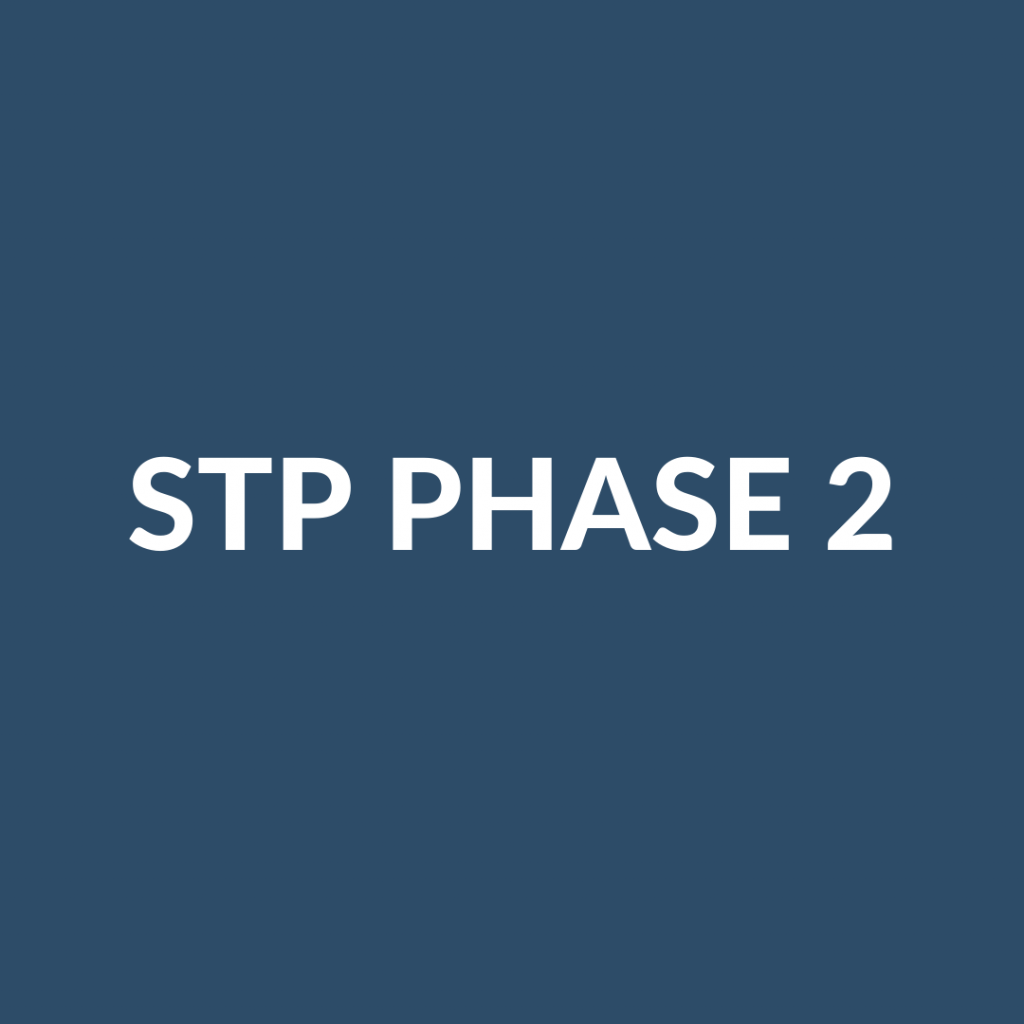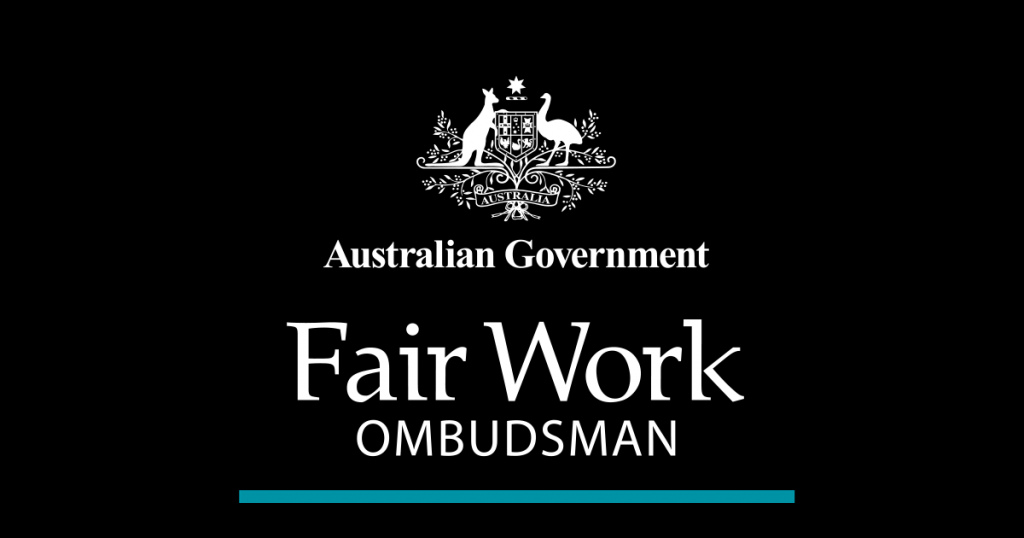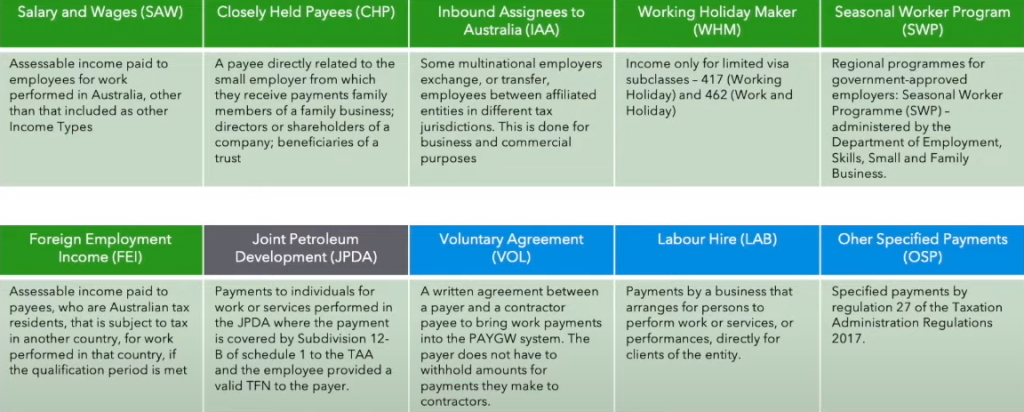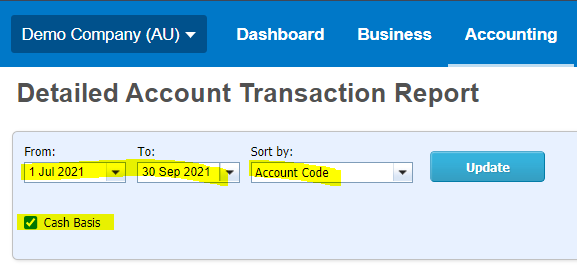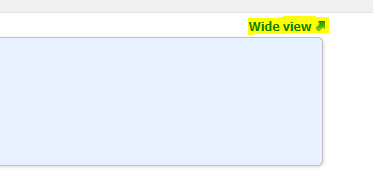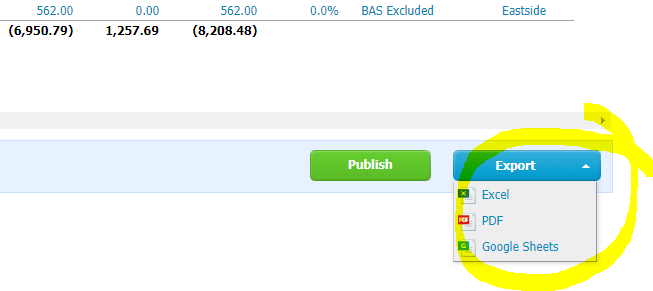How to Apply for an STP 2 Deferral
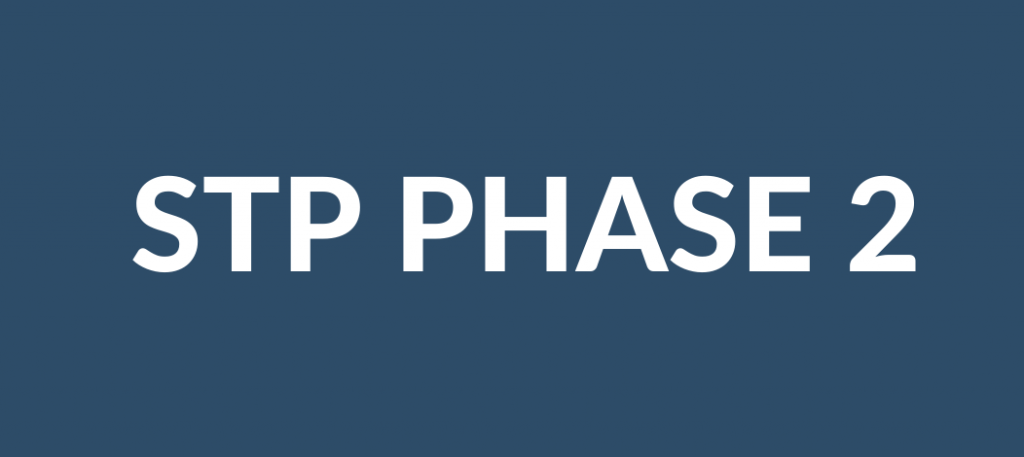

| As you probably know by now, STP Phase 2 has begun. It began on 1st January 2022, with a deferred hard start date by the ATO of 1st March 2022. Your payroll software provider may have a deferral in place with the ATO for a later start date (see list below) which will cover you as their customer. However, some software providers are ready now and do not have a deferral in place. Examples of these are Quickbooks Online (KeyPay) and Saasu. If you are using one of this software or something else, then your business should be ready for STP 2 and be reporting data to the ATO as per their requirements. (Note, to check if your software is STP 2 enabled, you can go to this ATO page and search for “Payroll Event 2020”. This will produce a list of software that is STP 2 – ready.) If you know you are not ready and need more time, you can try to apply to the ATO for a deferral. You can do this via Online Services for Business. Simply log in and follow these steps: 1. Select Employees 2. Select STP deferrals and exemptions 3. Select Delayed transition to STP Phase 2 expansion 4. Complete the request 5. Click Submit. You will also need to advise: 1. Which payroll software is being used; 2. The reason a delay is being sought, and 3. The expected date the business will be able to start reporting under STP 2. Software Providers with a Current STP 2 Deferral The following SPs have a current deferral in place with the ATO which also covers you, as their customer: Xero – up to 31/12/22 MYOB – up to 01/01/23 Reckon – up to 01/01/23 |
How to Apply for an STP 2 Deferral Read More »

